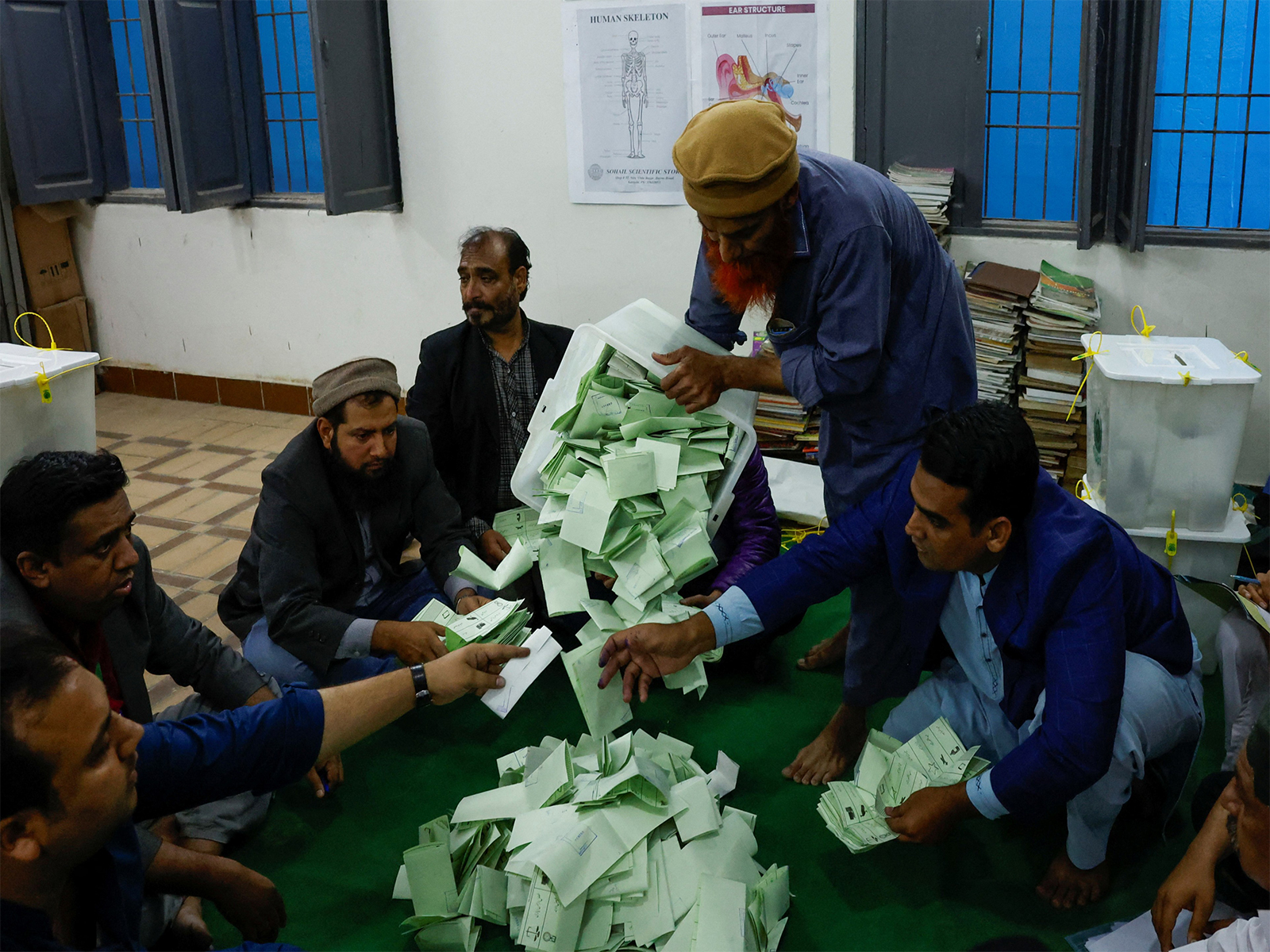PARIS — Outgoing French Prime Minister Sébastien Lecornu, aiming to calm the political storm triggered by his resignation on Monday less than 24 hours after unveiling his ministers, faced a tight deadline Wednesday to break the deadlock caused…
Blog
-

Inside one battle-scarred Gaza building, displaced families tell the story of war
Lucy WilliamsonMiddle East correspondent, Jerusalem
 BBC
BBCThe Skeik building, in a quiet road off Omar al-Mukhtar Street in western Gaza City, was a familiar sight to Gaza’s lovers.
The tree-lined street that ran beside it was once a favourite place…
Continue Reading
-
Corps Commanders' Conference pledges to counter any Indian aggression with swift response – RADIO PAKISTAN
- Corps Commanders’ Conference pledges to counter any Indian aggression with swift response RADIO PAKISTAN
- Army brass warns India any ‘imaginary new normal’ to be met with ‘new normal of swift retributive response’ Dawn
- ‘India United Only…
Continue Reading
-

Israel Is Dragging Us All to Hell
It has been two years since Hamas fighters broke through the Gaza siege, launching an attack on military sites, kibbutzim and a music festival within Israel’s borders. The group, alongside others, killed just over 800 Israeli civilians…
Continue Reading
-
UNICEF official says Gaza babies forced to share oxygen masks, Israel challenges UN data – Reuters
- UNICEF official says Gaza babies forced to share oxygen masks, Israel challenges UN data Reuters
- Two years of hellish war have devastated Gaza’s children Unicef
- With nearly 20,000 dead, children biggest victims of Gaza genocide | Daily Sabah
Continue Reading
-

Breaking Down Carlos Sainz’s Charge to P10 in Singapore
The Marina Bay Street Circuit is one of the toughest venues on the calendar for overtaking – so how exactly did Carlos Sainz go from the back of the grid to the final points-paying position at the 2025 Singapore Grand Prix?
Thanks to a…
Continue Reading
-
Cousins, roomies & quarter-finalists: Rinderknech & Vacherot light up family group chat – ATP Tour
- Cousins, roomies & quarter-finalists: Rinderknech & Vacherot light up family group chat ATP Tour
- Griekspoor vs. Brooksby Prediction at the Rolex Shanghai Masters – Friday, October 3 Bleacher Nation
- ATP Shanghai Valentin Vacherot vs Tallon…
Continue Reading
-

Know schedule and watch IND vs SGP live streaming and telecast
The Indian men’s football team will play back-to-back ties against Singapore in Group C of the AFC Asian Cup 2027 Qualifiers on Thursday and Tuesday.
The India vs Singapore football matches in the AFC Asian Cup Qualifiers will be available to…
Continue Reading
-
Army brass warns India any ‘imaginary new normal’ to be met with ‘new normal of swift retributive response’ – Dawn
- Army brass warns India any ‘imaginary new normal’ to be met with ‘new normal of swift retributive response’ Dawn
- ‘India United Only Under Aurangzeb’: Pak’s Khawaja Asif’s Provocative Remark NDTV
- ‘Risks are real’: Pakistan defence minister…
Continue Reading

